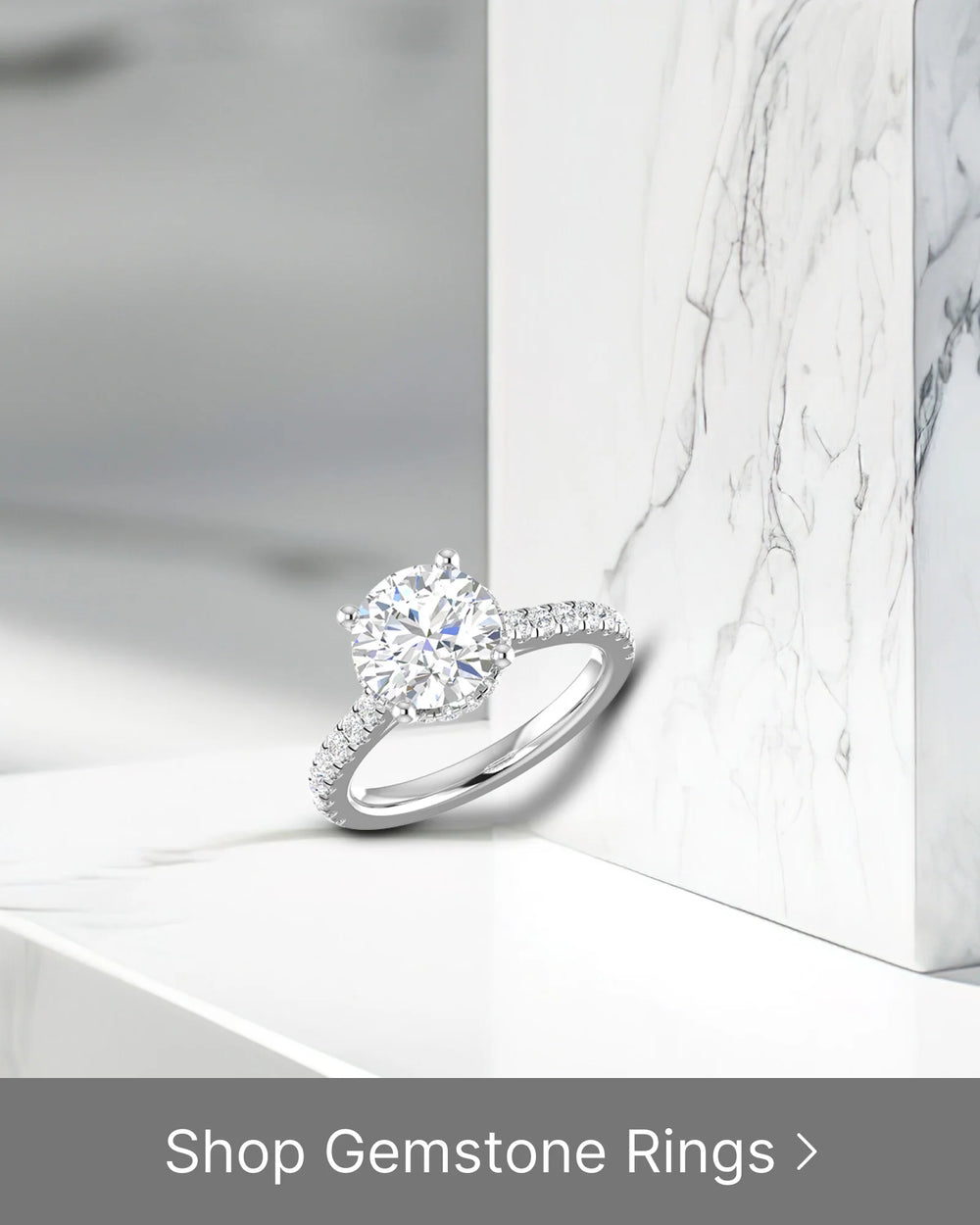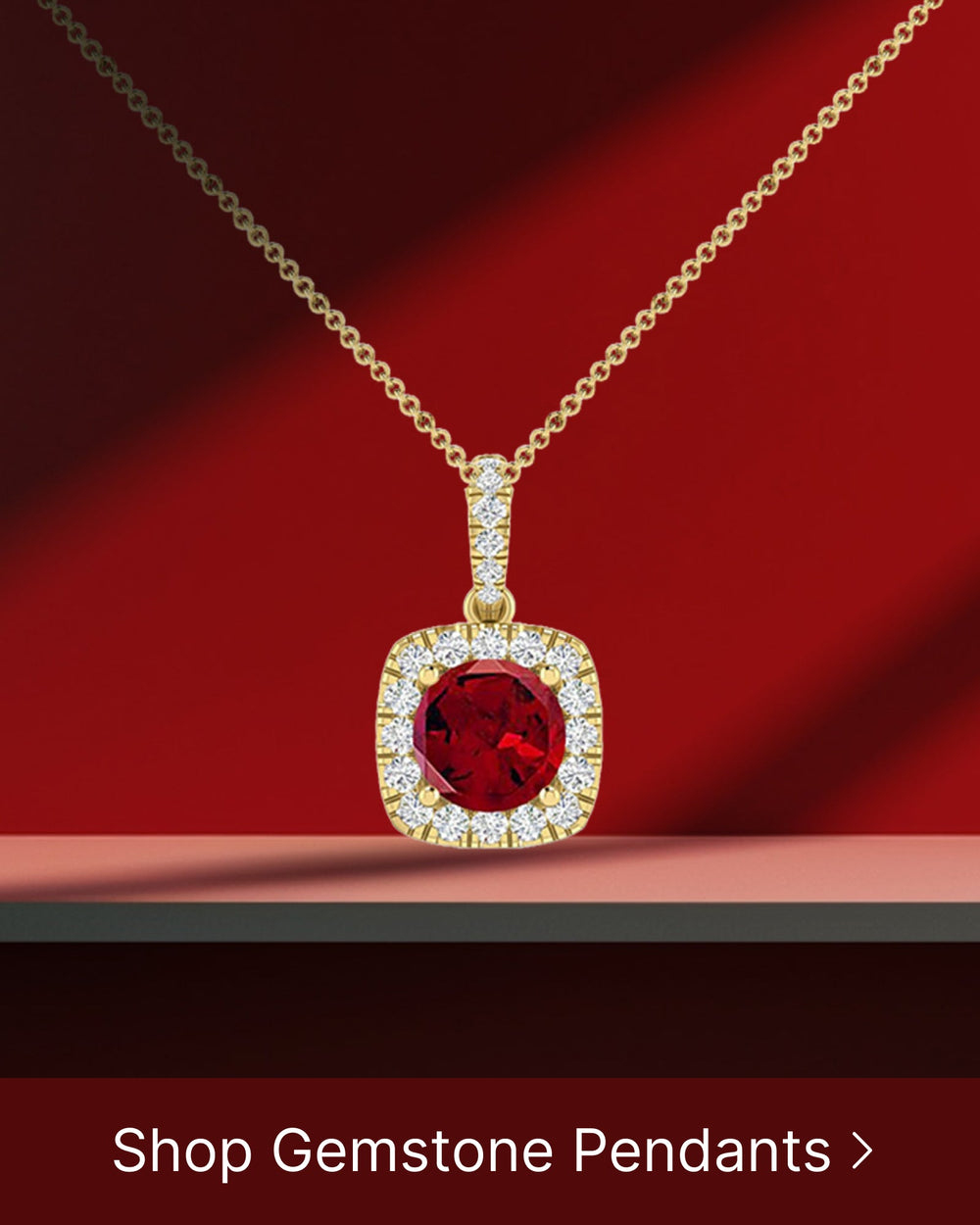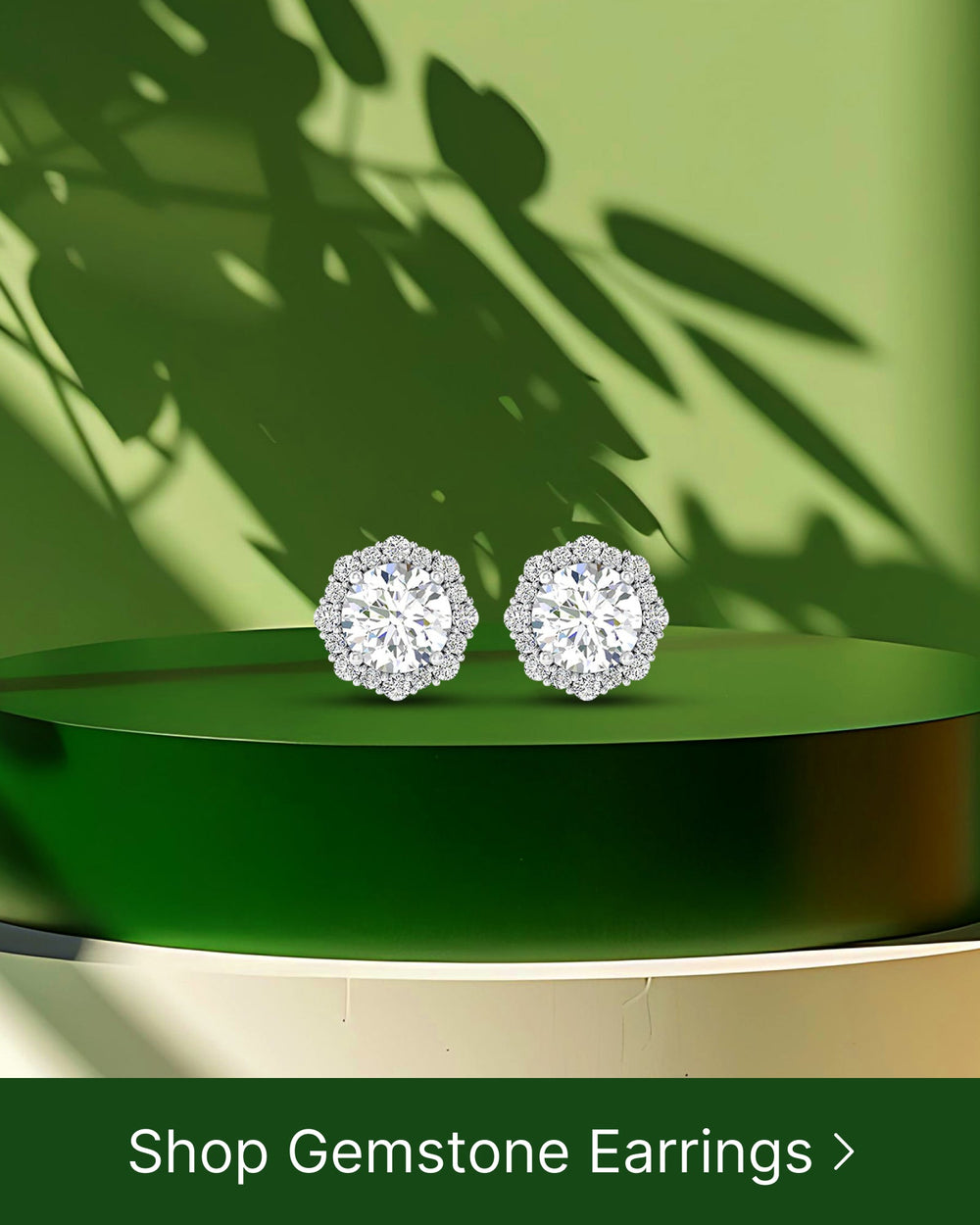Spotting Genuine Pearls: A Guide for Beginners
Pearls have long been treasured for their elegance and timeless beauty. But with so many imitations flooding the market, it can be challenging for beginners to spot genuine pearls. In this guide, we will delve into the basics of pearls, explain how to identify genuine pearls, discuss their value, and provide tips on caring for these precious gems.
Understanding the Basics of Pearls
Pearls have captivated humanity for centuries with their timeless beauty and elegance. These exquisite gems, formed within the depths of the ocean, hold a fascinating story of nature's ingenuity and the intricate processes that bring them into existence.
The Formation of Pearls
At the heart of every pearl lies a tale of resilience and transformation. It all begins when an unsuspecting oyster or mollusk encounters an irritant, such as a tiny grain of sand or a pesky parasite. In an extraordinary response to this intrusion, the mollusk initiates a remarkable process that will ultimately result in the creation of a pearl.
As a defense mechanism, the mollusk secretes a substance called nacre, also known as mother-of-pearl, to coat the irritant. Layer by layer, over a span of several years, the nacre builds up, creating a smooth and iridescent surface. This meticulous process, known as pearl formation, is a testament to the incredible adaptability and resilience of these marine creatures.
Different Types of Pearls
With a wide array of pearls available in the market, each possessing its own unique characteristics, it's essential to understand the distinctions between them. Let's explore some of the most sought-after types of pearls:
- Freshwater Pearls: These pearls, formed in freshwater mussels, are celebrated for their remarkable diversity of colors and shapes. From delicate pastel hues to vibrant shades, freshwater pearls offer a wide range of options for jewelry enthusiasts. Additionally, their affordability makes them a popular choice for those seeking elegance on a budget.
- Akoya Pearls: Originating from the coastal waters of Japan, Akoya pearls are renowned for their unparalleled luster and exceptional quality. These pearls are typically round and possess a brilliant shine that sets them apart. With their timeless beauty and classic appeal, Akoya pearls have long been favored by jewelry connoisseurs.
- Tahitian Pearls: Embodying the allure of the South Pacific, Tahitian pearls are treasured for their distinctive dark hues, ranging from charcoal gray to lustrous black. Cultivated in the pristine waters of French Polynesia, these pearls exude an exotic and mysterious charm. Their larger size and unique color palette make them highly coveted by collectors and fashion enthusiasts alike.
- South Sea Pearls: Nestled within the pristine waters of Australia, South Sea pearls are renowned for their opulent size and unparalleled beauty. These pearls, often measuring between 9 to 20 millimeters, are among the largest and most valuable pearls in the world. With their radiant luster and exquisite natural colors, South Sea pearls are a testament to the grandeur of nature.
Whether it's the delicate allure of freshwater pearls, the timeless elegance of Akoya pearls, the exotic charm of Tahitian pearls, or the grandeur of South Sea pearls, each type holds a unique place in the world of jewelry. The choice of pearl ultimately depends on personal preference, style, and the desired statement one wishes to make.
The Characteristics of Genuine Pearls
When it comes to identifying genuine pearls, there are several key characteristics to look for. These characteristics not only distinguish real pearls from imitation ones but also add to the allure and beauty of these precious gems.
Pearl Luster and Shine
One of the most noticeable characteristics of genuine pearls is their luster. Genuine pearls have a radiant and reflective quality, with a soft glow that seems to come from within. This luster is a result of the layers of nacre that form over time, giving pearls their unique and captivating appearance. When held up to the light, genuine pearls shimmer and dance, captivating the eye with their natural beauty. In contrast, imitation pearls often have a dull and flat appearance, lacking the mesmerizing luster that makes genuine pearls so special.
It is important to note that the luster of pearls can vary depending on various factors such as the type of pearl, the quality of the nacre, and the care taken to preserve them. High-quality pearls with thick nacre layers tend to have a more intense and captivating luster, while pearls with thinner nacre may have a softer and more subtle glow.
The Texture of Pearl Surface
When examining a pearl's surface, genuine pearls will have a smooth and even texture. As you run your fingers over the surface of a real pearl, you will feel a consistent and silky-smooth finish. This is a result of the layers of nacre being deposited evenly, creating a flawless surface. On the other hand, imitation pearls may have imperfections such as bumps, ridges, or uneven surfaces. These imperfections are often a telltale sign that the pearl is not genuine.
It is worth mentioning that not all imperfections indicate that a pearl is fake. Natural pearls, for example, can have minor blemishes or irregularities, which are considered part of their unique charm. These imperfections, known as "birthmarks," are formed during the pearl's growth process and add to its individual character.
The Shape and Size of Pearls
Genuine pearls come in various shapes and sizes, each with its own allure and appeal. The most sought-after pearls are perfectly round, as they are considered the epitome of elegance and sophistication. However, round pearls are quite rare, making them more valuable and coveted.
While round pearls are highly desirable, there is also beauty in the uniqueness of other shapes. Genuine pearls can be found in off-round, oval, and even baroque shapes. Off-round pearls have a slightly elongated or flattened appearance, adding a touch of individuality to their charm. Oval pearls, with their elegant and elongated shape, are often favored for their versatility and timeless appeal. Baroque pearls, on the other hand, are irregularly shaped and can have captivating and organic forms, making them truly one-of-a-kind.
It is important to note that irregularly shaped pearls are not necessarily indications of fakes. In fact, these pearls can be highly valuable and sought after for their unique and artistic qualities. The key is to look for consistency in shape and symmetry within each individual pearl.
In conclusion, genuine pearls possess a captivating luster, a smooth texture, and come in various shapes and sizes. These characteristics not only serve as indicators of authenticity but also enhance the allure and beauty of these exquisite gems. Whether you prefer the classic elegance of perfectly round pearls or the organic charm of baroque pearls, genuine pearls are sure to add a touch of timeless elegance to any jewelry collection.
Techniques to Identify Genuine Pearls
When it comes to purchasing pearls, it is essential to be able to distinguish between genuine pearls and their imitation counterparts. While imitation pearls may look similar to the untrained eye, there are several techniques you can use to identify the authenticity of pearls. Let's explore some of these techniques in detail:
The Tooth Test
One of the most common methods to identify genuine pearls is the tooth test. To perform this test, gently rub the pearl against the front of your teeth. Genuine pearls will have a slightly gritty or sandy feel due to the layers of nacre, which is the substance that gives pearls their unique luster. On the other hand, imitation pearls will feel smooth and slippery, lacking the characteristic texture of genuine pearls.
It is important to note that while the tooth test can provide a preliminary indication of a pearl's authenticity, it is not foolproof. Some high-quality imitation pearls may also exhibit a slight texture, making it necessary to employ additional tests for a more accurate assessment.
The Temperature Test
Another technique to identify genuine pearls is the temperature test. Real pearls, when held against the skin, are usually cool to the touch. This coolness is a result of the pearl's ability to absorb and retain ambient temperature. In contrast, imitation pearls, often made from materials like plastic or glass, will quickly warm up to body temperature when held against the skin.
By using the temperature test, you can quickly differentiate between genuine pearls and their imitations. However, it is important to consider that environmental factors, such as the room temperature, can influence the results of this test. Therefore, it is advisable to perform the temperature test in a controlled environment to obtain more accurate results.
The Light Reflection Test
One of the more visually striking techniques to identify genuine pearls is the light reflection test. To perform this test, hold the pearl under a natural light source and carefully examine the reflection. Genuine pearls will have a crisp and distinct reflection, displaying a mirror-like quality. On the other hand, imitations may have blurred or distorted reflections, lacking the clarity and sharpness of genuine pearls.
The light reflection test is particularly useful when examining pearls with a high luster. Genuine pearls, with their layers of nacre, are capable of reflecting light in a way that imitations cannot replicate. By observing the reflection closely, you can gain valuable insights into the authenticity of the pearl.
While the tooth test, temperature test, and light reflection test are valuable techniques to identify genuine pearls, it is important to remember that no single test can provide a definitive answer. To ensure the authenticity of pearls, it is recommended to consult with reputable jewelers or experts who can provide a comprehensive evaluation based on various factors such as size, shape, color, and surface quality.
The Value of Genuine Pearls
Factors Influencing Pearl Value
Several factors determine the value of genuine pearls, including size, shape, luster, surface quality, and color. Generally, larger, rounder pearls with high luster and minimal surface imperfections are more valuable.
The Role of Pearl Certification
Pearl certification from reputable gemological organizations, such as the Gemological Institute of America (GIA), can provide assurance of a pearl's authenticity and quality. Look for certified pearls when making a purchase to ensure their value.
Caring for Your Genuine Pearls
Cleaning and Storing Pearls
Pearls are delicate gems that require special care. Clean them gently using a soft, damp cloth and avoid using harsh chemicals or ultrasonic cleaners. When not wearing your pearls, store them separately from other jewelry in a soft pouch or lined box to prevent scratching.
Protecting Pearls from Damage
Avoid exposing your pearls to chemicals, perfumes, lotions, or hairsprays, as these can dull their luster. Additionally, pearls are sensitive to heat and excessive dryness, so avoid exposing them to direct sunlight or extreme temperature changes.
Spotting genuine pearls requires a keen eye and some basic knowledge. By understanding the formation process, characteristics, identification techniques, value, and care tips, beginners can confidently navigate the world of pearls and make informed purchasing decisions. Remember, genuine pearls are timeless treasures that bring elegance and beauty to any jewelry collection.





